Top 20 Concept Albums Page 2
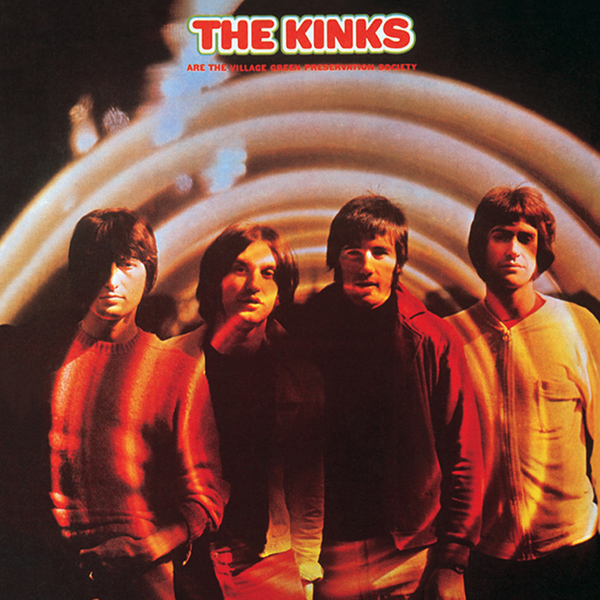
The Kinks
The Kinks Are The Village Green Preservation Society
Pye, 1968
Few bands have a reputation as quintessentially English as these North Londoners, and here they reached peak Albion, even as they displayed their usual love-hate relationship with British culture’s modest pleasures, quiet vanities and gentle eccentricities. None of their best-known hits are here, but it’s an irresistible conceit from the celebratory title track on in, imbued with affection as well as the sardonic humour that made them so distinctive.
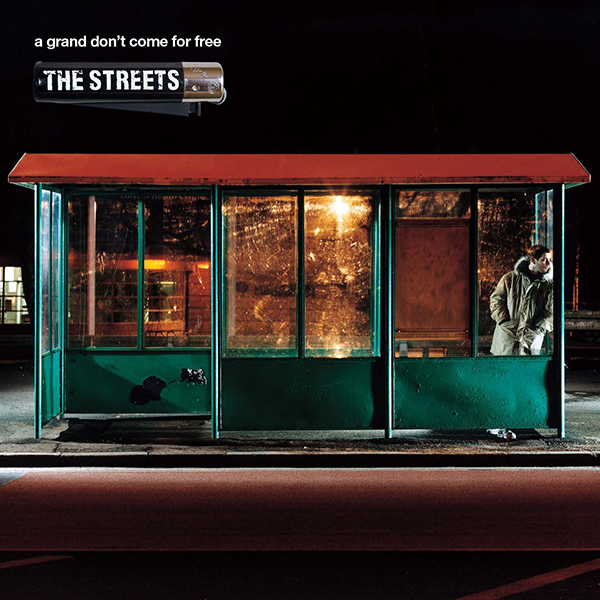
The Streets
A Grand Don’t Come For Free
Locked On, 2004
A 'rap opera', anyone? Mike Skinner’s second album as The Streets saw him ambitiously attempt a set in story form, and he pulls it off with such wit and observational skill that it results in a British hip-hop landmark. Following the protagonist’s girl troubles while pursuing a mysterious missing £1000, the album takes us from South London to the Mediterranean and back via chemical highs, stoned contentment and heartbroken comedowns. It's a consistently entertaining ride.
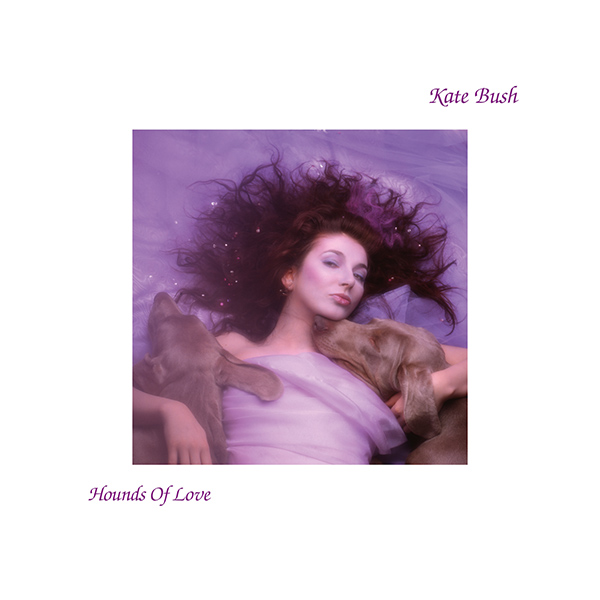
Kate Bush
Hounds Of Love
EMI, 1985
Only the second side of Bush’s most consistently captivating album is the kind of song cycle usually associated with a concept album, but Hounds Of Love is closely related enough for inclusion. It’s also a highly original case of an artist taking progressive musical tropes and repurposing them in her own image. While dream pop visions such as ‘Running Up That Hill’ and 'Cloudbusting' will never get old, the ‘Ninth Wave’ suite on side two is when the singer really takes us on a trip.

The Who
Quadrophenia
Track Records, 1973
They’re the band most synonymous with the rock opera, the theatrically inclined concept LP (see also 1969’s Tommy of course), but 1973’s Quadrophenia is arguably their best such album. Only after it was made into a feature film in 1979 did this portrait of 1960s mod culture, which fuelled The Who’s rise, really get the appreciation it deserved. It still seethes with the teenage bewilderment, agony and ecstasy that has fired up so much great rock ’n’ roll.
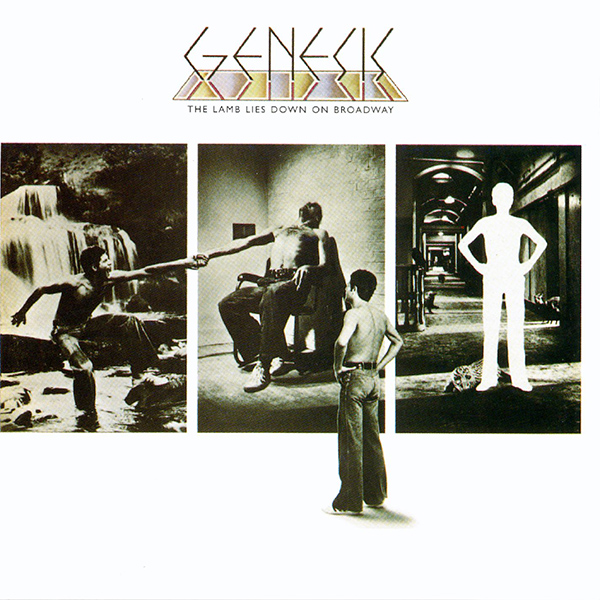
Genesis
The Lamb Lies Down On Broadway
Charisma, 1974
A double album where we follow a young Puerto Rican New Yorker named Rael on a surreal odyssey through a world of labyrinths, chambers of doors, siren-like nymphs, carpet crawlers, colonies of slippermen (‘there’s no who, why, what or when’, since you ask) and of course, supernatural anaesthetists (‘If he wants you to snuff it, all he has to do is puff it’). Beautifully shape-shifting tunes and intoxicatingly captivating songscapes help it all make perfectly surreal sense.
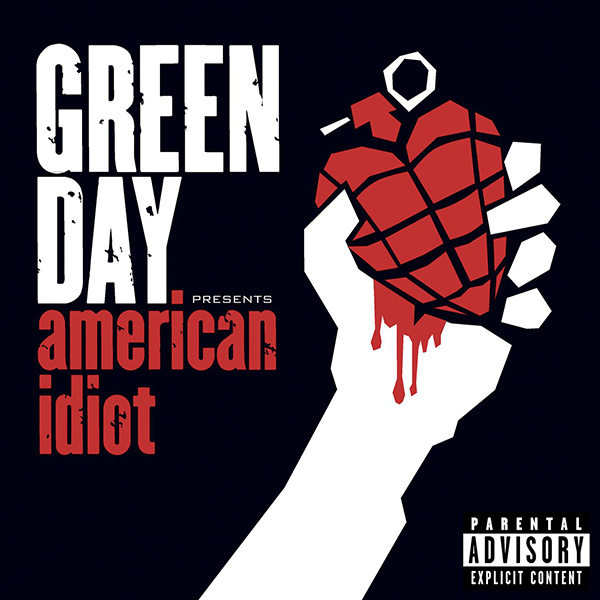
Green Day
American Idiot
Reprise, 2004
When 2000’s Warning underperformed commercially, this Californian punk-pop band regrouped and drew on events around them to come up with their next move. American Idiot takes the point of view of various disillusioned young Americans as they battle to find their place in a nation fighting a dubious war on terror while its citizens decay. And it manages to do so to a soundtrack blending sharp punk bangers with gnarly but intelligent complaint rock.
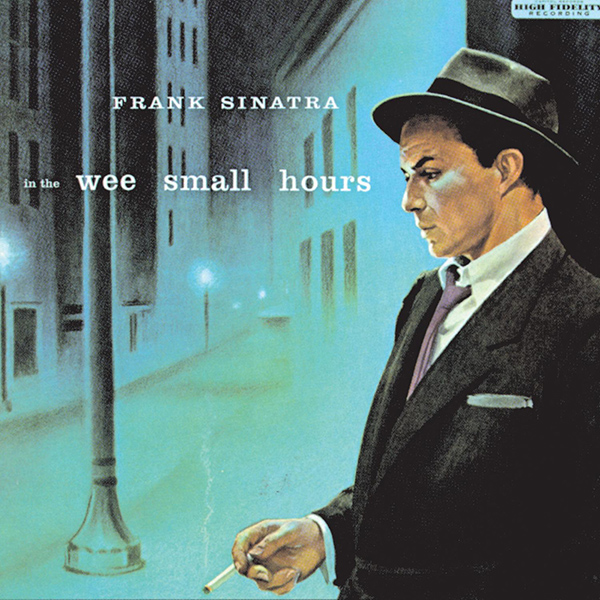
Frank Sinatra
In The Wee Small Hours
Capitol, 1955
If there’s a godfather of the concept album, it has to be Ol’ Blue Eyes. He began entertaining the idea of recording collections of songs around a theme as early as the late 1940s, but on this introspectively focused set, he put together a consciously conceptual album, arguably the first of its kind in popular music. Love-lorn classics like the title track and ‘When Your Lover Has Gone’ showcase a more sensitive Sinatra, the leading man unafraid to be vulnerable.
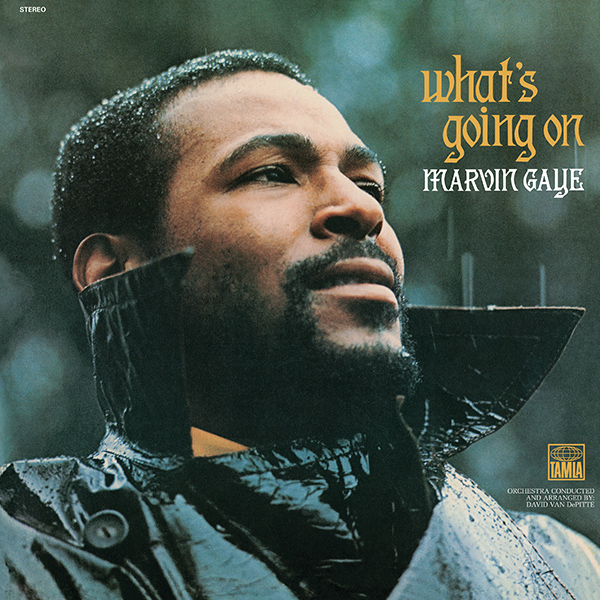
Marvin Gaye
What’s Going On
Tamla, 1971
Coming out of a period of personal turmoil and increasingly affected by the social unrest around him, the soul superstar poured his feelings into song, weaving a clutch of his best compositions around a story centred on a Vietnam vet returning home to find a fractured, unhappy homeland. What emerged was a landmark in conscious soul music, a set of meditations segueing into each other in what would become the archetypal song cycle style. While lyrically it made the political personal in a way rarely pulled off so arrestingly, musically its subtly symphonic arrangements would lift it to timeless classic status.




















































